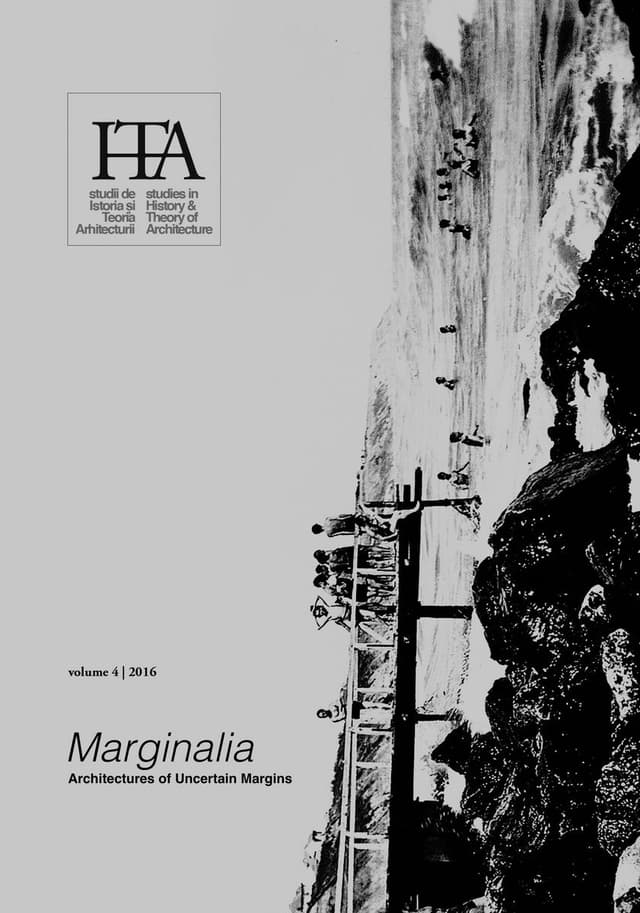On the Nation’s Margins.Territorial and Urban Policies during the Romanian Administration of Southern Dobrudja (1913-1940)
On the Nation’s Margins.
Territorial and Urban Policies during the Romanian Administration of Southern Dobrudja (1913-1940)
by
Toader Popescu
Keywords
colonization
nation-building
integration
territorial planning
urban planning
infrastructure
Southern Dobrudja (the “Cadrilater”) was granted to Romania in 1913, after the Second Balkan War. During the almost three decades of Romanian administration, the authorities embarked on an ambitious colonization and nation-building process.
In just twenty-seven years, the share of Romanian population soared from only 2.3% in 1913 to 29.1% in 1940. The paper looks into this dramatic demographic shift and into its territorial aspects. It investigates the instrumental role played by territorial and urban policies in the Romanian project of integrating (both symbolically and functionally) this marginal province within the narratives and the structures of the Romanian nation.
Our conclusion is that, even though this enterprise started on good premises, and although the central authorities in Bucharest did extensively use territorial and urban policies as nation-building tools, a combination of internal and external factors (among which marginality – both geographic and imaginary – was crucial) led to the ultimate failure of the project.
Published in

Chicago citation style
DOI:
10.54508/sITA.4.08
2 / 2014
Introduction. Behind the Big Picture3 / 2015
Grigor Doytchinov, Alexandra Ðukić, Cătălina Ioniță (eds.). Planning Capital Cities: Belgrade, Bucharest, Sofia4 / 2016
On the Nation’s Margins. Territorial and Urban Policies during the Romanian Administration of Southern Dobrudja (1913-1940)5 / 2017
Teodor Octavian Gheorghiu. Small Towns / Large Villages in Southwestern Romania. Urban Monographs7 / 2019
Introduction. The Historicity of Modernism